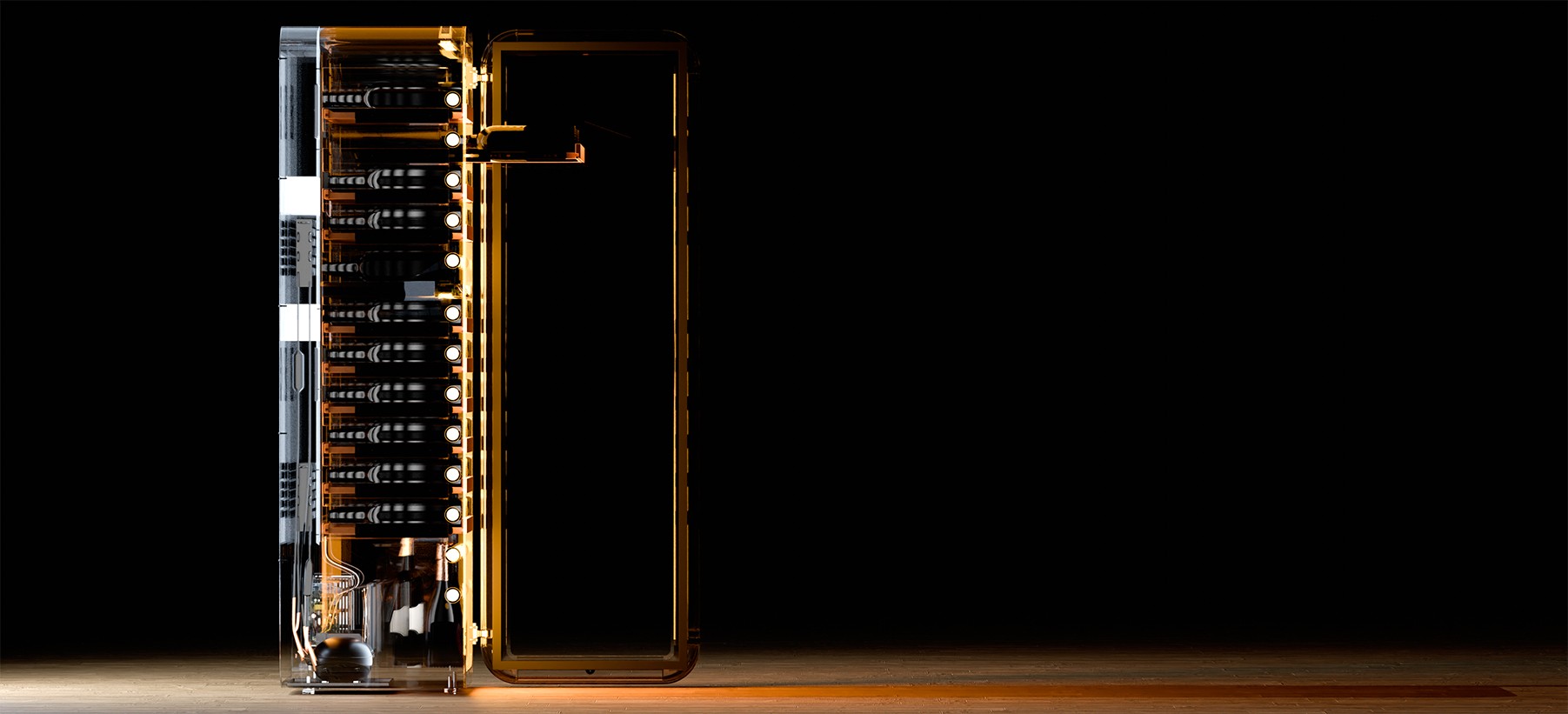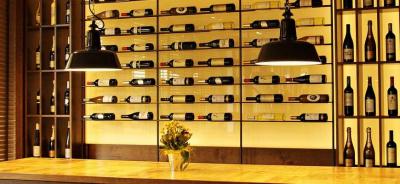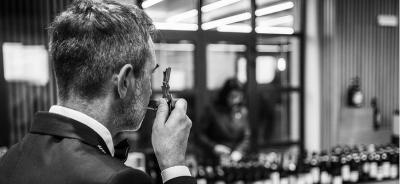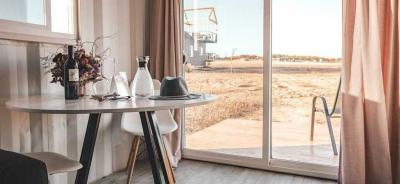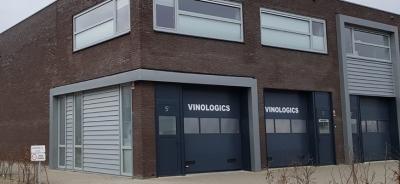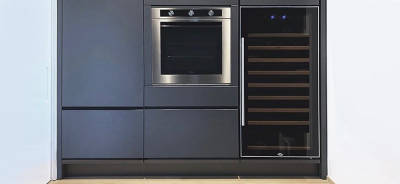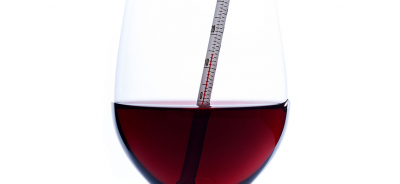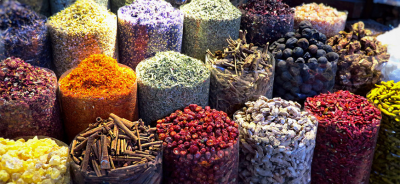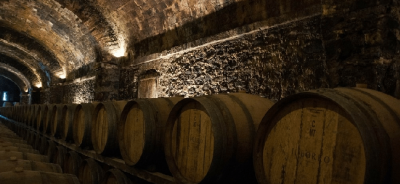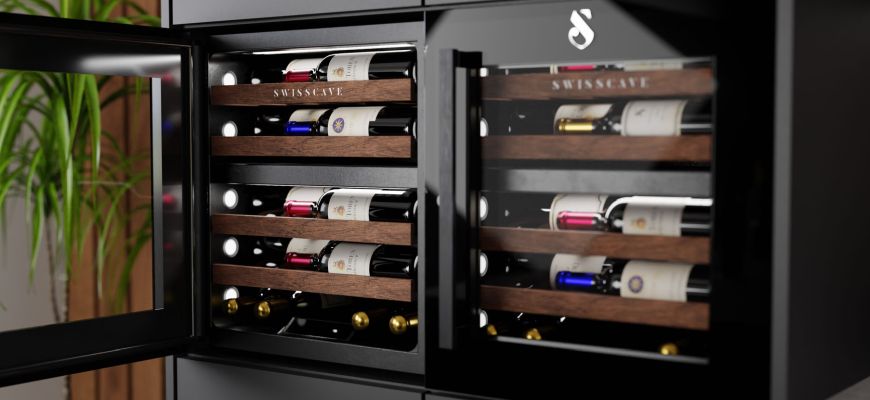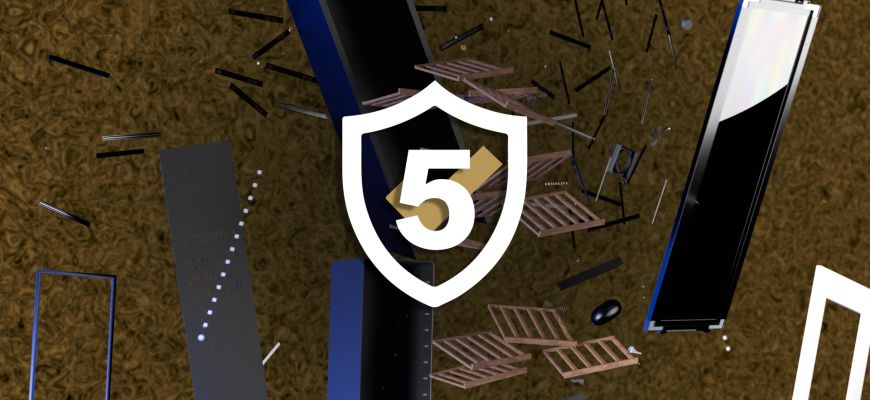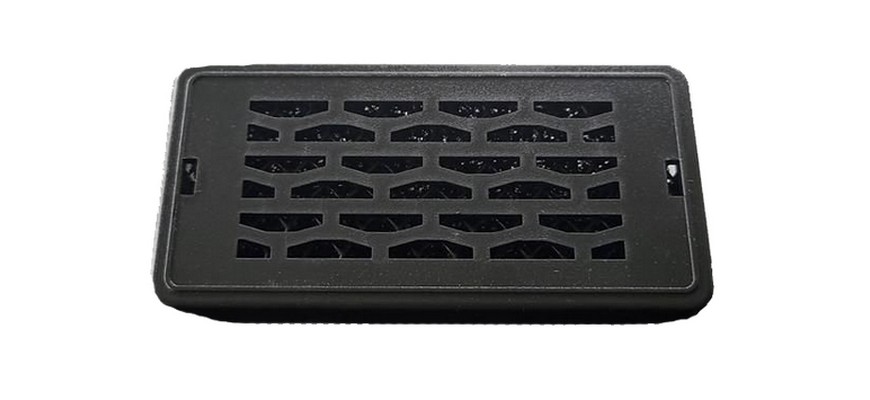
Wine fridge
SWISSCAVE & Sustainability – Longevity for a Better Environment
Sustainability means responsibility – for our customers, for the quality of our products, and for the environment. SWISSCAVE focuses on longevity instead of a throwaway mentality, because every durable product reduces global resource consumption and the ecological footprint.
Becoming a wine connoisseur - how to learn to really enjoy wine
More and more people are discovering the diverse world of wine. But how should you enjoy wine? What makes the crucial difference between a beginner and a wine connoisseur? Are there any rules that a real expert should follow? Or is it all just a matter of personal taste?
Wine sommelier - what does he do and why do we need them?
The term sommelier comes from the French-speaking area and means "wine waiter". In restaurants, the sommelier's job is to buy the wines, to store the stocks properly and to train the staff and trainees in the field of oenology.
What happens to wine when it’s exposed to summer temperatures?
What happens to wine when its temperature is raising to ambient temperature, eg. because of moving to another flat, or because the wine cooler isn’t functioning and takes time to repair?
8 Tips for Creating the Perfect Home Bar Setup
A home bar doesn't have to be a headache: We gathered some helpful tips for you.
Distribution Partnership between Vinlogics & SWISSCAVE
Vinlogics are importers of wine coolers for the Dutch market for novice wine drinkers and enthusiasts - now partnering with SWISSCAVE
Can SWISSCAVE wine coolers be built-in?
They can be. Now the products of SWISSCAVE are available in elegant black – neither too dark - too heavy nor too pale. This creates the perfect opportunity for your wine cooler to simply stand there and look stunningly good; the wine cooler as aesthetic model. Who needs a Giacometti if they have got a SWISSCAVE wine cooler?
Wine Storage: 6th key factor: Temperature
For effective wine storage, it always comes down to correct temperature. Wine, red and white, should be stored at 10 – 14°C. This allows wine the optimal opportunity to mature and develop. Optimum temperature for immediate enjoyment: white wine should not be kept cooler than 7-8°C and depending on the type of red wine not warmer than 17°C.
Wine Storage: 5th of 6 key factors: Odours
Like many other food and drink items, in certain conditions wine can create extraneous odors. Sure, wine is largely protected from this through a glass bottle and cork. However, there are situations in which undesired smells can contaminate wine. Thus wine should not be stored next to fuel oil or other chemicals which affects its nuances and its taste.
Wine Storage: 4th of 6 key factors: Atmospheric humidity
We all know the wine cellars and stores of certain wine producers. Barrels and bottles are placed in vaults, cellars or even caves ranging from the damp to the dripping wet. The air in such an environment is frequently of up to 90% humidity. It is not unlikely that you can find mold on the walls, the corners and on the bottles.



